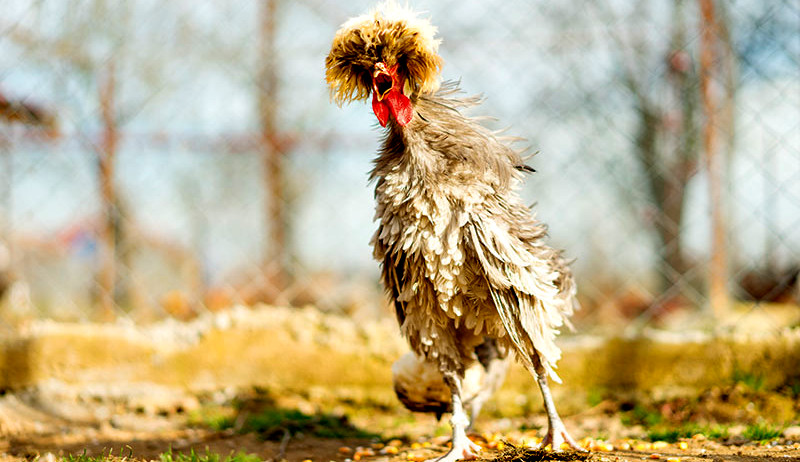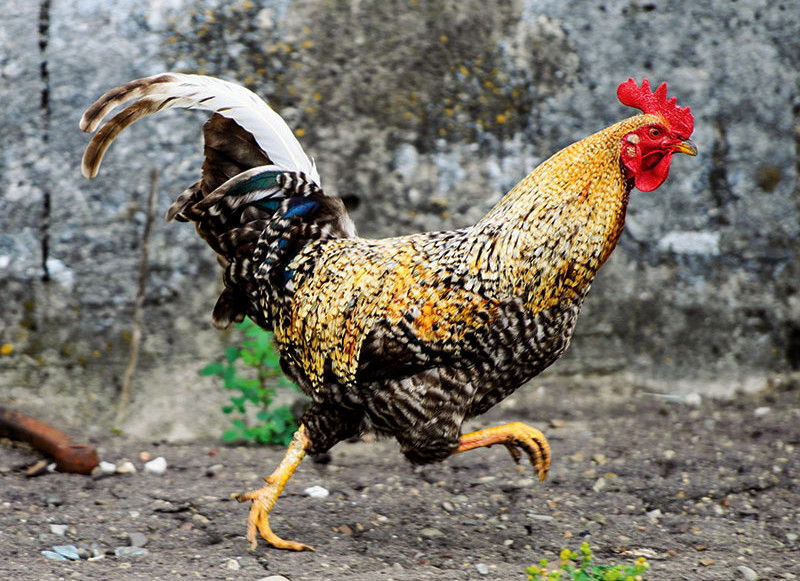Plant identification apps are the greatest hack for gardeners in the 2020s. Before plant apps, gardening groups, encyclopedias and web searches were all tedious ways to identify weeds, flowers or anything popping up in the garden. Now with a snap of the camera and a click of a button, the answers can be generated quickly, easily and effectively. We will go over the pros and cons of the top 5 apps in the plant ID world.
Picture-Taking Steps for App ID
Apps are great for gardeners who see plants on vacation or away from home and want to add to their garden. Plant identification apps are also in their own gardens to identify weeds versus volunteer plants and when plants emerge and aren’t easy to identify. Plant identification apps are extremely useful tools for identifying weeds versus poisonous vines and plants. To use any plant app you can take pictures of bark, flowers, stems or leaves and almost instantly learn the plant genus and often even the cultivar. No matter which app you use, follow these picture taking steps to ensure the best results.
- Pay attention to lighting. Try to take pictures in the morning, evening or on a cloudy day. The harsh direct sun makes it more difficult for the app to read the picture.
- Focus on the subject. On phones, you can tap the plant you want to be the focus to make sure the camera is focusing on the right target.
- Isolate the subject. If the plant you want to be identified is not prominently pulled away from the group, try to find a way to isolate what you are wanting to identify. No apps identify multiple plants in a picture. It is one identification per picture.
5 Best Plant Identification App List
#1 Plant.Net
Plant.net is the “Wikipedia” of ID Apps. It is free with public contributors and relies on its users to help out by confirming correct identifications. The app has a GPS component that also helps narrow down the answers based on what has been identified in your area.
Pros- No sneaky pop-ups or ads results in quicker findings. Very accurate and keeps a log once you are signed in and creates groups you can follow from all around the world.
Cons- The answers are simple and don’t go into as much detail as other apps. For some, it is enough just knowing plant species but compared to other apps it lacks information for educators or users who want to know more.
#2 iNaturalist
iNaturalist is a go-to for nature enthusiasts. It connects users to a community of people looking for both flora and fauna. iNaturalist data is used by scientists to advance science and conservation and has been used in thousands of scientific publications. For example, scientists have published papers based on iNaturalist data that describe species new to science and rediscover species that were once thought extinct.
Pros- A community of enthusiasts with several group options for conversations and following particular species. It is free and has a wealth of information.
Cons- If you are looking for a quick plant ID, this can be too much information.
#3 Picture This
Picture This has both a free version and a paid version by the Gority Global Group. Features beyond identification in Picture This include AI-powered plant doctors that help diagnose plant problems, lighting needs for each specimen and guides for watering and feeding.
Pros- Users believe this is worth the subscription if you really want to be a plant mom to your garden, rather than wanting to know whether to pull the weed or not. The AI and technology are very successful and the amenities are nice. Keeping a log of what you are growing is helpful to be able to go back and check articles when a plant needs care. There are always helpful linked articles including pest control, house plant care and propagating plants.
Cons- The premium version is $29/year and the ads can be a nuisance. If you choose not to start a subscription, get ready to click the x every time you want to look up a plant. If you plan to just ID plants, free versions work just as well.
#4 Google Lens
Google Lens is available through the free Google app for all smartphones. Google Lens allows you to take a photo or upload one for identification and it is free. The steps to identify through the Google App include:
- First, shoot a photo of the entity.
- Open the pic through Google Photos.
- Tap the lens icon at the bottom.
- That will launch a web search & show all the relevant results.
- Adjust the four corners of the focus area if you prefer to improve the accuracy of the results further.
Pros- Google Lens goes beyond plant identification and acts as a search engine that connects articles relevant to the subject.
Cons- Reports show it is less accurate than some of the other Plant ID Apps.
#5 Visual Look Up
Visual Look Up is built into iPhones and iPads and can identify objects in photos and videos and provide relevant information. Apple Users need to perform the following steps.
- Open a photo in full screen or pause a video on any frame.
If the Info button displays a symbol with stars Visual Look Up is available. - Tap the starred Info button, then tap Look Up at the top of the photo information to view the Visual Look Up results.
- Tap to close the Visual Look Up results, then swipe down on the photo or video frame to close the photo information.
Pros- No App required. No subscription sales or ads. Can pull information from videos, rather than just photos.
Cons- Only for iPhones running iOS 15 or later. Also, results are showing around 80% accuracy.
As the world of AI develops, apps will adapt and become even more accurate. Keep up to date with the upgrades available to get the best results. And never rely 100% on plant ID apps before ingesting plants.
This article about the best plant identification apps was written for Hobby Farms magazine. Click here to subscribe.























